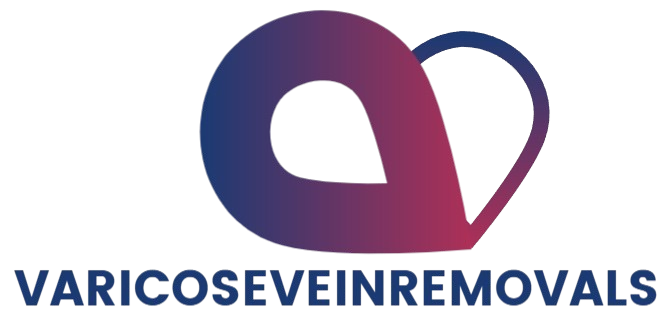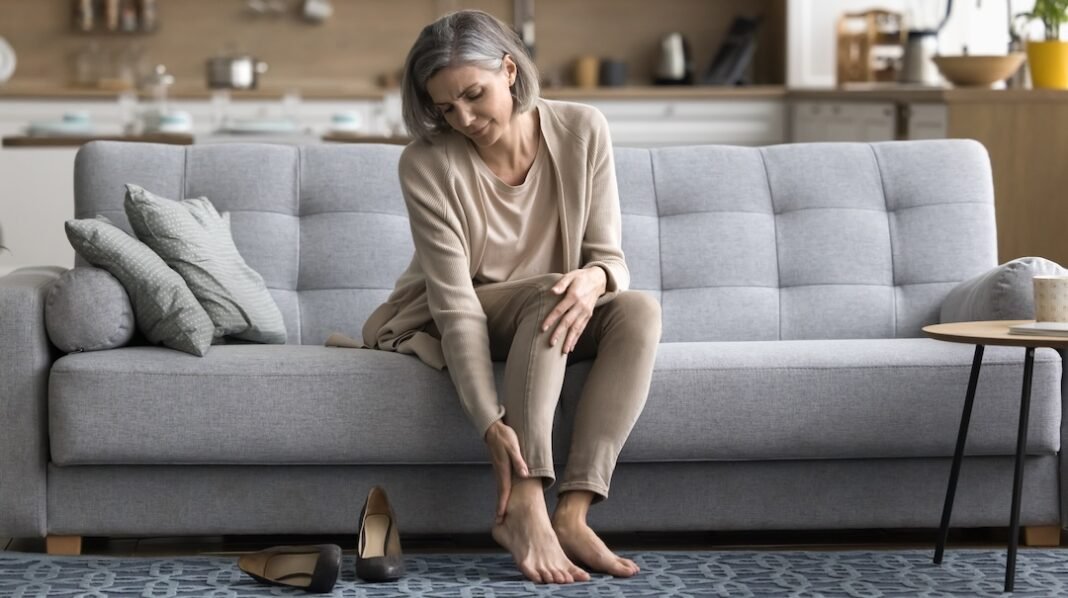While it’s perfectly normal to see some veins beneath the skin, particularly for those with lighter skin tones, when these veins become more prominent or bothersome, they may be a sign of a condition known as venous insufficiency. Among the most common manifestations of venous issues are varicose veins and spider veins. While both are caused by similar underlying factors, they differ in appearance, severity, and potential health risks.
In this article, we’ll explore the key differences between varicose veins and spider veins, why they develop, and when to seek medical care.
What Are Varicose Veins and Spider Veins?
Both varicose veins and spider veins are types of enlarged veins that become visible through the skin. However, they differ significantly in size, appearance, and impact on your health.
Varicose veins are large, twisted veins that are often raised above the skin and have a rope-like or bulging appearance. These veins are typically blue or purple in color and are commonly found on the calves, backs of the legs, or near the ankles and feet. Due to their size and prominence, varicose veins can cause discomfort, such as pain, swelling, and a feeling of heaviness, especially after standing or walking for long periods.
On the other hand, spider veins are much smaller and appear as fine, web-like patterns that spread out from a central point, resembling tree branches or spider webs. Spider veins are usually found closer to the skin’s surface and tend to be red, blue, or purple. While they often appear on the legs, they can also show up on the face, particularly around the nose and cheeks. Unlike varicose veins, spider veins typically don’t cause significant physical discomfort.
The Causes Behind Varicose and Spider Veins
Both varicose and spider veins occur due to a malfunction of the veins’ internal valves, which are responsible for ensuring that blood flows in one direction—toward the heart. When these valves weaken or become damaged, blood starts to pool in the veins, increasing pressure and causing them to bulge or become visible. The primary difference between varicose and spider veins is the size of the blood vessels affected. Varicose veins occur in larger veins, while spider veins develop in smaller, more superficial veins.
Several factors contribute to the development of these veins, including:
- Genetics: A family history of vein problems can significantly increase your likelihood of developing varicose or spider veins.
- Hormonal changes: Pregnancy, menopause, and hormone replacement therapy can all increase the risk, especially in women, due to changes in hormone levels that affect the veins.
- Age: As we age, the veins naturally lose elasticity, and the valves may weaken, making it more likely for veins to become enlarged or damaged.
- Prolonged standing or sitting: Occupations or activities that involve long periods of standing or sitting can cause increased pressure in the veins, which may lead to the formation of varicose and spider veins.
- Obesity: Excess weight puts added pressure on the veins, particularly in the legs, contributing to the development of these conditions.
Symptoms: When Do Varicose and Spider Veins Become Problematic?
While both types of veins are typically harmless, they can cause discomfort and affect a person’s quality of life. Many people with spider veins don’t experience any symptoms other than their appearance. However, some individuals may notice mild itching or a sensation of heaviness in the affected area. In rare cases, spider veins may indicate underlying venous issues, so it’s always a good idea to consult a doctor if any unusual symptoms occur.
In contrast, varicose veins are more likely to cause significant physical discomfort. Symptoms of varicose veins include:
- Pain: Discomfort or aching around the affected veins, especially after prolonged periods of standing.
- Swelling: In the legs, ankles, and feet.
- Heaviness: A sensation of weight in the legs, often worse at the end of the day.
- Itching or skin changes: The skin around varicose veins may become dry, itchy, or discolored.
- Venous ulcers: In severe cases, ulcers may form near the ankles due to poor blood circulation.
If left untreated, varicose veins may lead to more serious complications, including blood clots, skin ulcers, and chronic venous insufficiency.
Risk Factors: Who Is More Likely to Develop Varicose or Spider Veins?
Both men and women can develop varicose or spider veins, but these conditions are more common in women, particularly those who are pregnant or going through menopause. Other significant risk factors include:
- Family history: A genetic predisposition can make it more likely for individuals to develop these veins.
- Obesity: Being overweight places added pressure on the veins, particularly those in the legs.
- Age: The risk increases as you get older, as the valves in the veins weaken over time.
- Occupation: Jobs that require prolonged standing or sitting, such as teaching, nursing, or desk work, can contribute to venous issues.
- Sedentary lifestyle: A lack of physical activity can lead to poor circulation, which increases the likelihood of developing varicose veins.
When Should You Seek Medical Care?
In many cases, varicose and spider veins don’t require immediate medical attention unless they cause significant discomfort or lead to complications. If you experience any of the following, it’s time to consult a vascular specialist:
- Pain or swelling in the legs that doesn’t improve with rest or elevation.
- Ulcers or wounds near the veins that won’t heal.
- Changes in skin color or texture around the affected veins.
- Visible blood clots or signs of inflammation in the veins, such as redness or warmth.
A vascular specialist will assess your condition and determine if medical treatment is necessary. For those whose veins are causing discomfort or self-esteem issues, treatment options are available, ranging from lifestyle changes to minimally invasive procedures.
Treatment Options for Varicose and Spider Veins
Several treatment options are available for those with varicose or spider veins, depending on the severity of the condition:
- Conservative treatments: For minor symptoms, wearing compression stockings, elevating your legs, and exercising regularly can help improve circulation and reduce swelling.
- In-office procedures: Sclerotherapy (injection of a solution into the veins), laser treatments, or radiofrequency ablation can effectively treat both varicose and spider veins by closing off or shrinking the affected veins.
- Surgical options: In more severe cases, surgery may be required to remove or tie off damaged veins.
Preventing Varicose and Spider Veins
While some people may be genetically predisposed to developing varicose or spider veins, you can reduce your risk by staying active, maintaining a healthy weight, avoiding prolonged periods of sitting or standing, and wearing compression stockings if you’re at risk.
Conclusion
While varicose and spider veins are common and often harmless, they can be bothersome or even painful. Understanding the differences between the two, knowing when to seek medical advice, and exploring available treatment options can help you manage the condition and improve your quality of life. If you’re concerned about your veins, a consultation with a vascular specialist can provide insight into the most effective ways to address your concerns.



